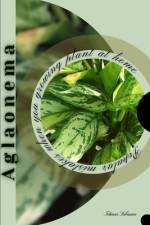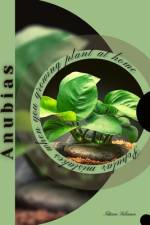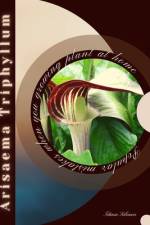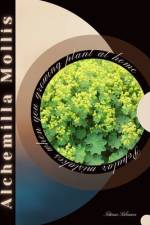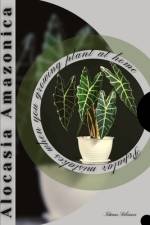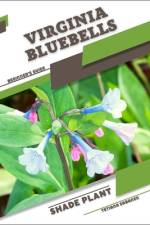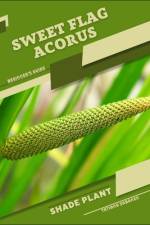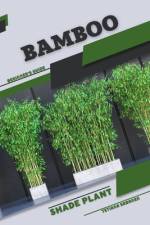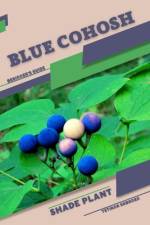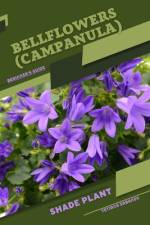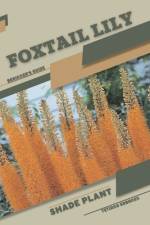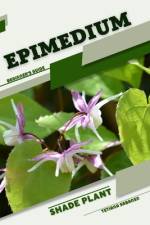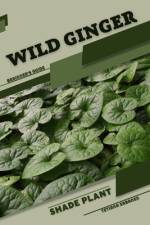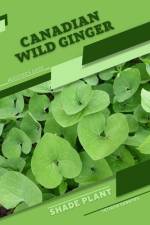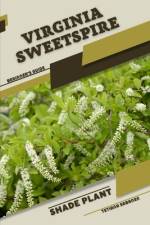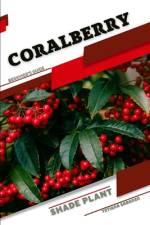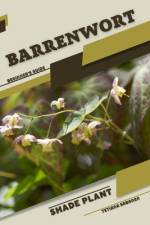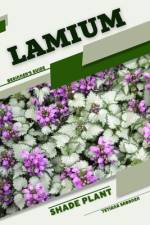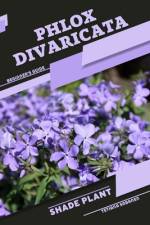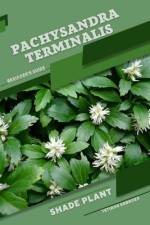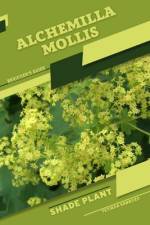- Shade plant Beginner's Guide
av Tetiana Sabanen
299,-
Shade plants, also known as shade-tolerant or shade-loving plants, have evolved a suite of adaptations that allow them to thrive in environments characterized by reduced light intensity. These plants have developed various strategies to capture and utilize available light energy efficiently. We will explore the key features and mechanisms employed by shade plants to successfully adapt to low-light conditions. Light Harvesting Structures: Shade plants typically possess specialized adaptations in their leaf structures to optimize light capture. These adaptations often include larger, broader leaves with a larger surface area to capture diffuse light. Additionally, some shade plants exhibit a higher leaf chlorophyll content, enabling them to absorb and utilize light more efficiently. Light-Absorbing Pigments: Chlorophyll is the primary pigment responsible for photosynthesis in plants. Shade plants may contain higher concentrations of chlorophyll a and b to maximize their light absorption in low-light environments. This increased pigment content helps these plants make the most of the limited light available. Low-Light Photosynthetic Mechanisms: Shade plants have evolved specialized mechanisms to perform photosynthesis under low-light conditions. One such adaptation is the C3 photosynthesis pathway, which is more efficient than other pathways, such as C4 or CAM, under reduced light intensity. This ensures that shade plants can produce sugars and energy even in the shade. Light-Avoidance Responses: Shade plants often exhibit light-avoidance behaviors. For instance, they may orient their leaves to minimize self-shading, allowing them to capture as much light as possible from different angles. Some shade plants may also exhibit phototropism, bending toward the light source. Nutrient Efficiency: Shade-adapted plants tend to be more resource-efficient, as they often receive fewer nutrients due to decreased sunlight. They allocate resources judiciously, prioritize nutrient allocation to photosynthetic tissues, and may exhibit reduced growth rates compared to sun-loving plants. Adaptive Morphology: Some shade plants may display unique morphological adaptations, such as increased stem elongation (etiolation) to reach higher light levels or thinner, translucent leaves to maximize light penetration to lower leaf layers. Understory and Forest Floor Ecology: Many shade plants thrive in the understory of forests or in shaded areas of ecosystems. These environments often feature reduced competition for resources, as sun-loving species are less prevalent, allowing shade plants to establish themselves successfully. Tolerance to Low Light Stress: Shade plants have evolved mechanisms to cope with potential stressors associated with low-light conditions, such as higher susceptibility to pathogens, reduced water availability, and limited nutrient uptake. These adaptations may include enhanced disease resistance and efficient water and nutrient utilization. In conclusion, shade plants have evolved a range of adaptations at the structural, physiological, and ecological levels to thrive in low-light environments. These adaptations allow them to efficiently capture, utilize, and compete for available light, ensuring their survival and growth in shaded habitats.So, this book will tech you how to grow this plant, Scroll up and get new knowledge

